-

-
If you're looking for elegant, sustainable packaging that protects your products and reflects your brand, this guide is for you. We’ll cover jewelry packaging solutions—from eco-friendly polybags to premium boxes—that balance beauty, function, and sustainability.
Small-format packaging plays a big role in protection and unboxing, but common features like luxury laminates and foam inserts are rarely recyclable. We'll help you choose smarter materials that look great and minimize waste.
IN THIS GUIDE
The Journey of Jewelry Packaging
-
Manufacturer to Distributor
Bulk polybags protect items during shipping. A better choice: recycled or compostable inner packaging.
-
Distributor to Retail or DTC
Often re-packaged—this is an opportunity to upgrade sustainability midstream.
-
Final Packaging
Outward-facing packaging—boxes, bags, mailers—deliver the brand experience. Each stage can and should use eco-friendly materials and clear disposal messaging.
Polybags
Uses: Scratch/tarnish protection, SKU separation.
Problems: Typically virgin LDPE, not curbside recyclable, often only used once.
Sustainable alternatives:
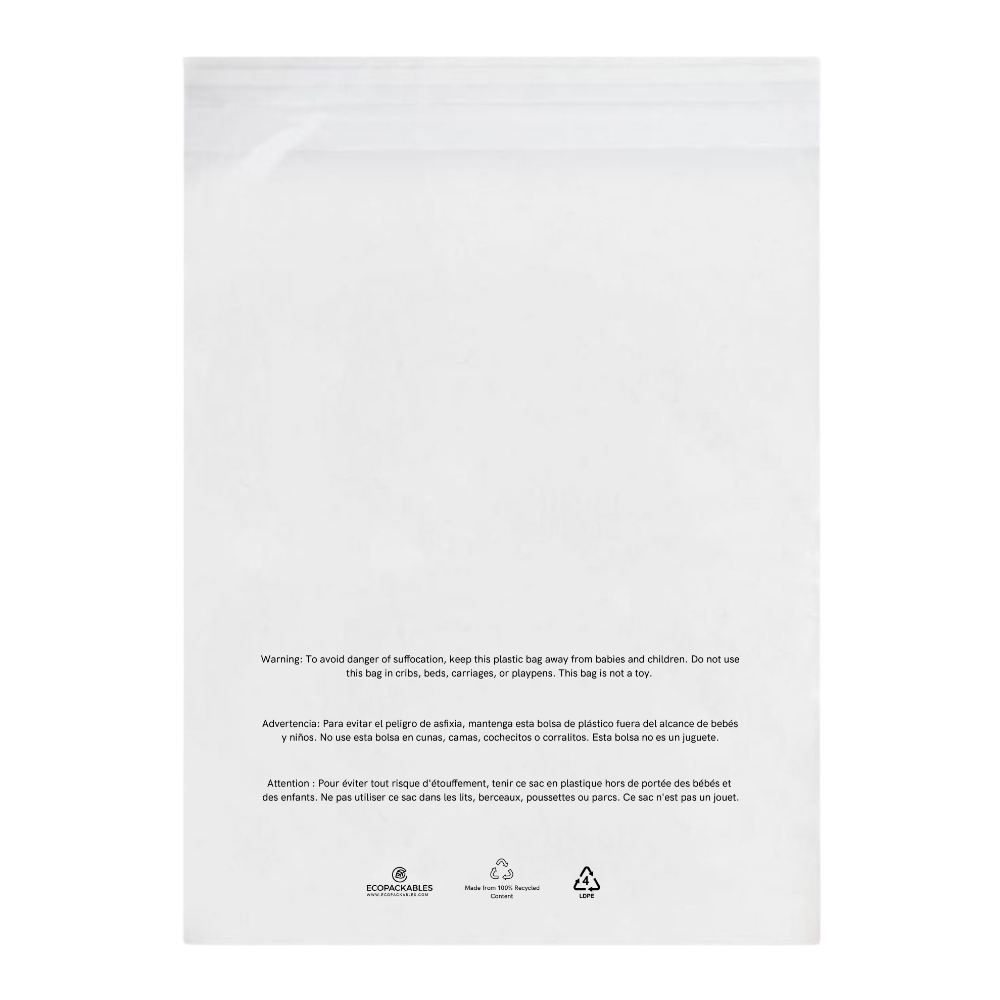
Recycled Plastic Polybag
Made from our R100 or R100P film, these bags are certified by the Global Recycling Standard to be made from 100% Recycled Content. The film is slightly less transparent than virgin poly due to the post-consumer waste used.
Customizations:
- Zipper-Pull Tab
- Zip-Lock
- Permanenet or Non-Toxic Reclosable Adhesive
- Print on Both Sides
- Air/Vent Holes
- Film Thickness
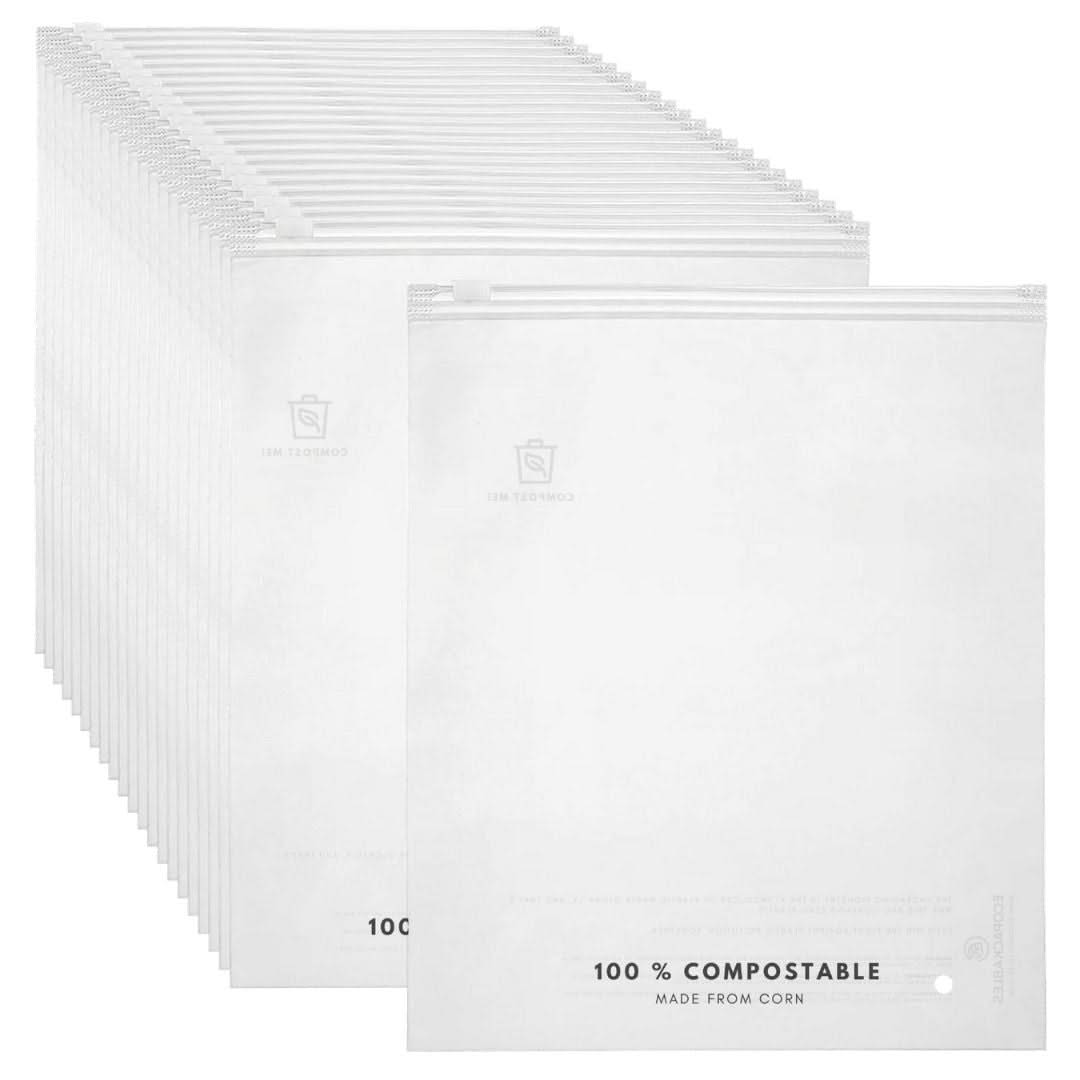
Home Compostable Polybag
Made from our D42 Film, these bags are certified by the TUV and BPI for Home Compost. The film is naturally frosted by design, giving the bag a very premium feel. Custom options available at 5,000 unit MOQs.
Customizations:
- Permanenet or Non-Toxic Reclosable Adhesive
- Home-Compostable Zip-Lock
- Home-Compostable Zipper-Pull Tab
- Print on Both Sides
- Air/Vent Holes
- Film Thicknes
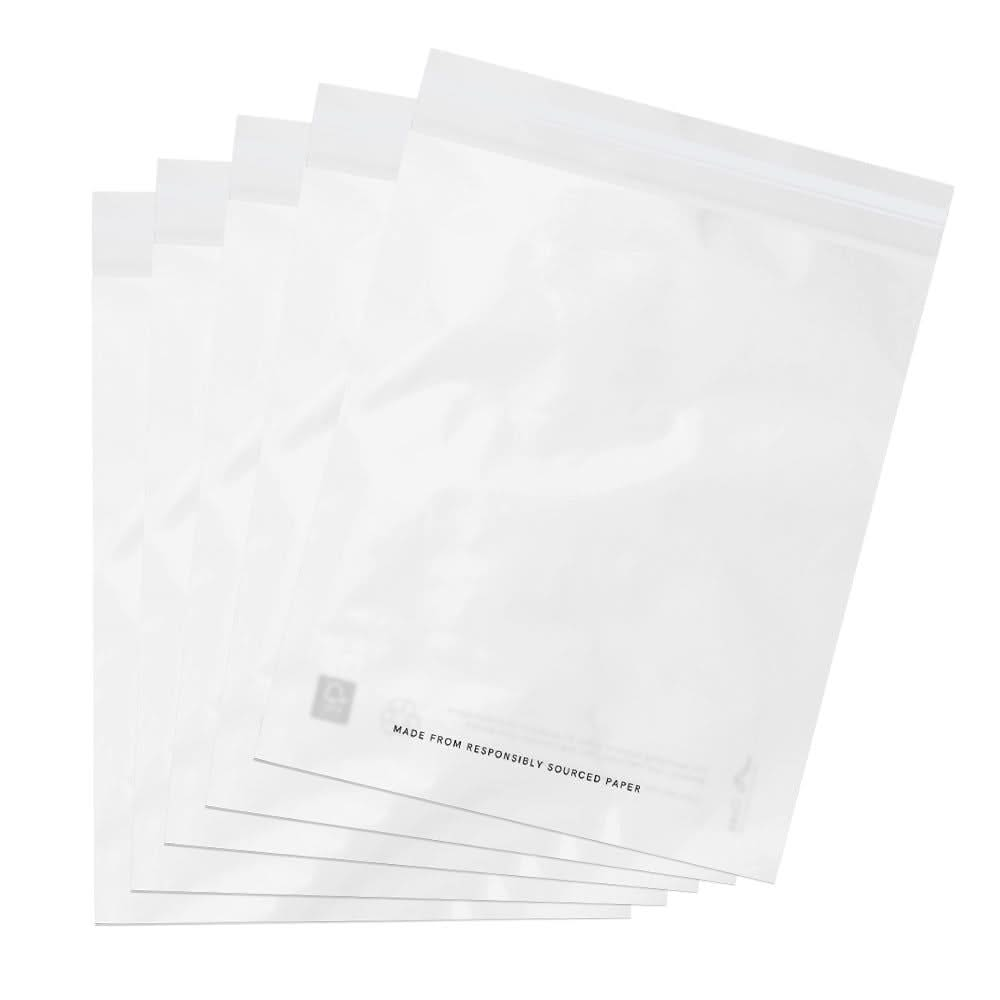
Ocea™ Bag
Made from our Ocea™ Film, the Ocea™ Bags are the world's first curbside recyclable polybags. They are translucent and made from FSC-Certified paper that is responsibly sourced.
- Permanent or resealable Adhesive
- Print on Both Sides
- Air/Vent Holes
- Paper Thickness
Tarnish Prevention
If you're trying to balance tarnish resistance with sustainability, there are eco-friendly alternatives to traditional anti-tarnish plastic bags allowing you to protect precious metals without compromising on sustainability goals:
-
Unbleached cotton pouches
Ideal for short-term protection in stores or at events. Breathable and reusable, with a natural look.
-
Cellulose-based VCI (Vapor Corrosion Inhibitor) paper
Offers long-term tarnish resistance during storage or shipping. Fully recyclable and plastic-free.
-
Minimalist PE polybags with verified sulfur-free properties
If plastic is necessary, opt for low-additive or tested formulations to avoid metal discoloration.
Retail bags, totes and pouches
Uses: Used in retail, events, or gifting to hold jewelry boxes or items directly, adding a branded, elevated touch to the customer experience.
Problems: Often made from virgin materials or synthetic fabrics, and typically only used once before being discarded or forgotten.
Sustainable Alternatives:

Recycled Paper Eurototes
Made from FSC-certified recycled paper, Eurototes offer a premium, structured look ideal for luxury retail. They are 100% recyclable in most curbside programs and can be paired with natural handles (cotton, jute, or macramé) for a refined, sustainable presentation.
Customizations:
- Paper twist handles or paper ribbon handles
- Embossing, foil stamping, or spot UV
- Top edge finish
- Reinforced base inserts
- Paper weight & finish options (matte, textured, uncoated)
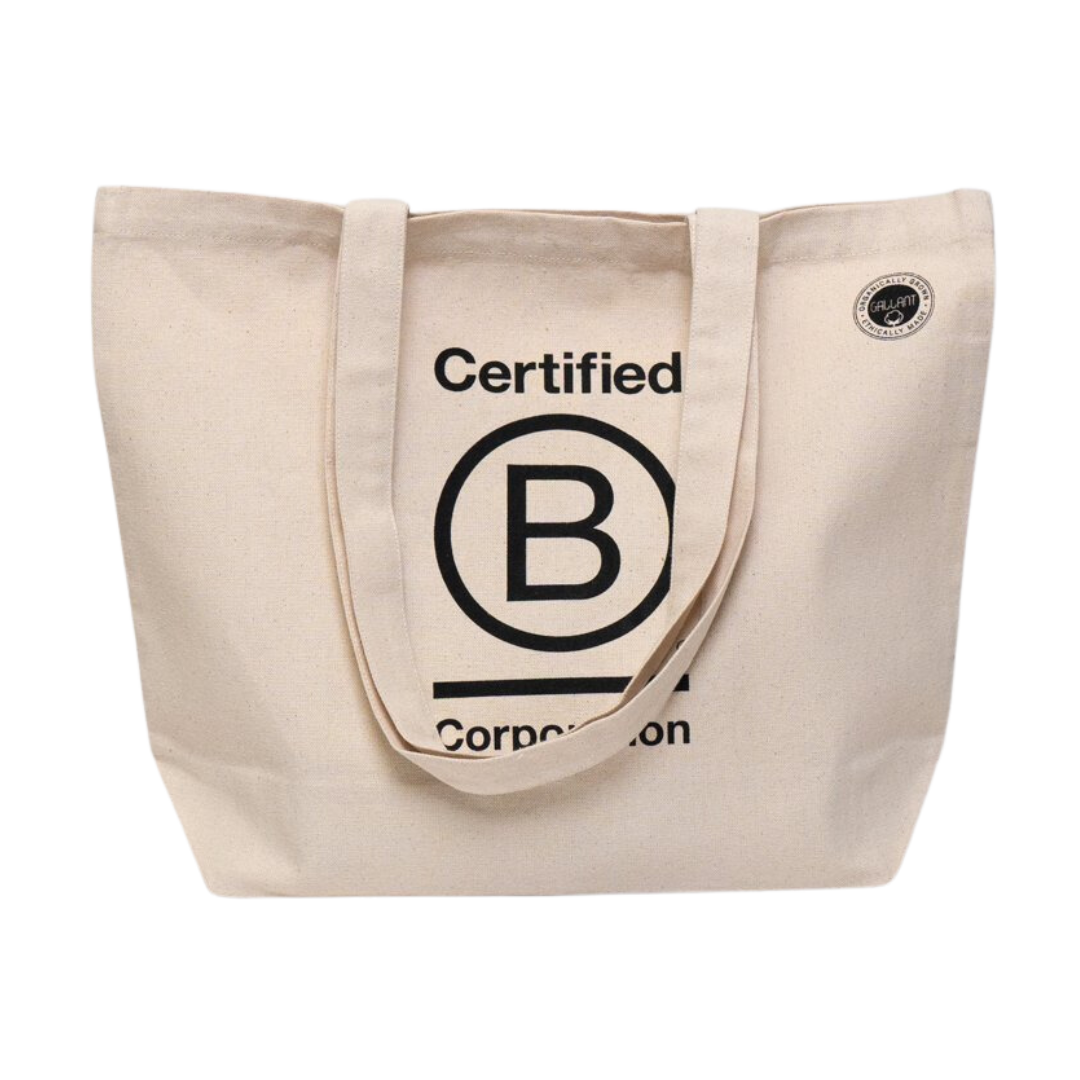
Reusable Tote Bags
Constructed from recycled RPET (from post-consumer bottles) or recycled polypropylene (RPP), these bags are designed for long-term reuse and are ideal for events, gifting, or merchandise. Lightweight yet durable, they promote circularity while offering excellent branding real estate.
Customizations:
- Handle length and stitching style
- Interior/exterior pockets
- Gusset size and bag dimensions
- Fabric color and texture
- Woven vs non woven
- Labels
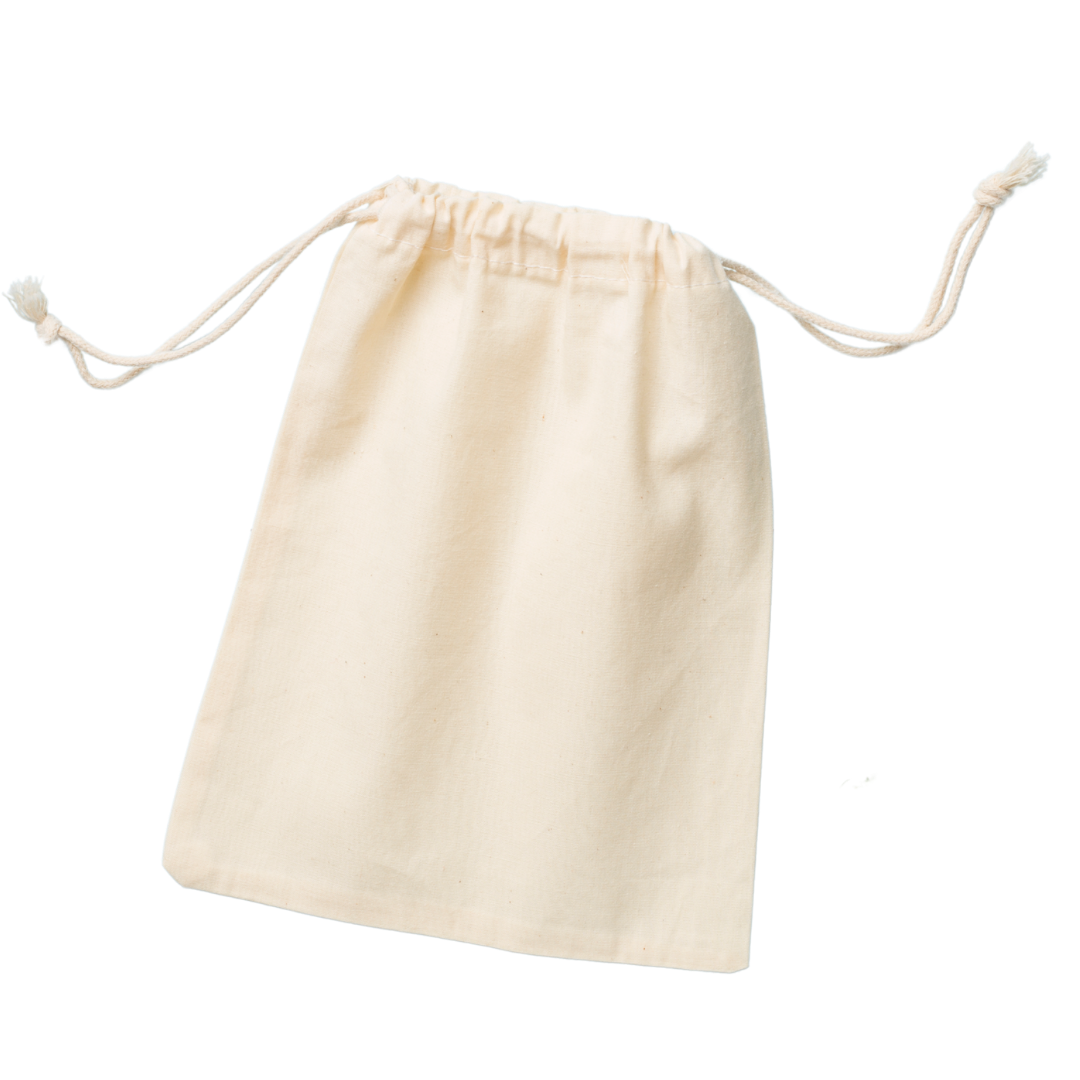
Drawstring Bag
Made from RPP or RPET, drawstring bags are ideal for presenting or protecting individual jewelry items. They offer an upscale, tactile feel that reinforces sustainable values.
Customizations:
- Fabric type and color
- Size and shape variations
- Optional inner lining or double-layer construction
- Woven vs non woven
Retail Boxes and Paper tubes
Uses: Designed for gift-worthy presentation and long-term storage, rigid boxes and paper tubes elevate the unboxing experience and reinforce perceived value.
Problems: Conventional jewelry boxes often use laminated paper, foam inserts, plastic trays, magnets, and velvet flocking, making them difficult or impossible to recycle. These multi-material designs typically end up in landfills, despite their premium appearance.
Sustainable Design Alternatives:
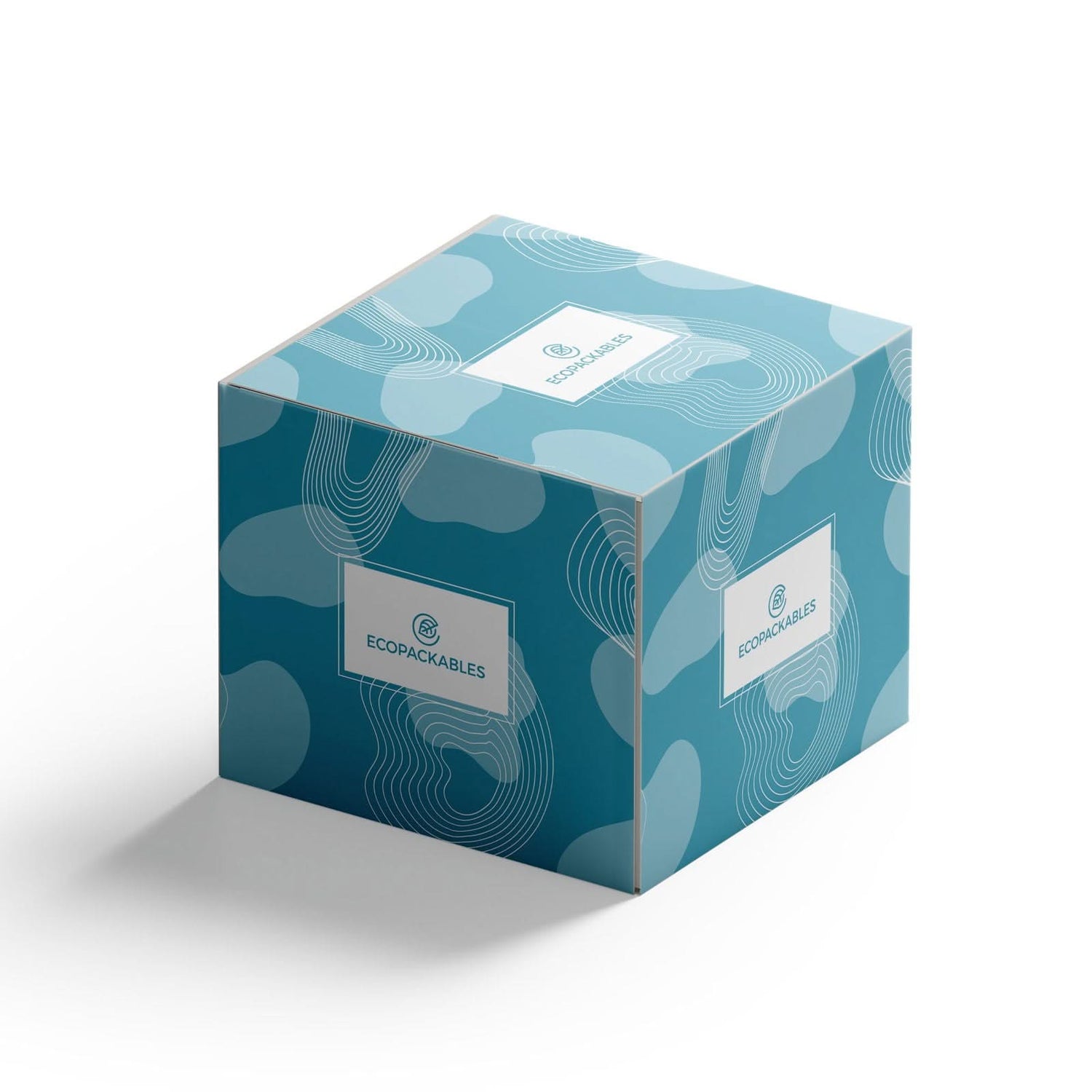
Recycled Retail Boxes
- Mono-material paperboard boxes made from recycled and FSC-certified content
- Molded pulp or corrugated paper inserts in place of plastic or foam
- Magnet-free closures using tabs, ribbons, or tuck flaps for full recyclability
- Uncoated or lightly coated paper exteriors to avoid contamination in recycling stream
- Printed instructions inside lids or on belly bands to encourage reuse or proper disposal
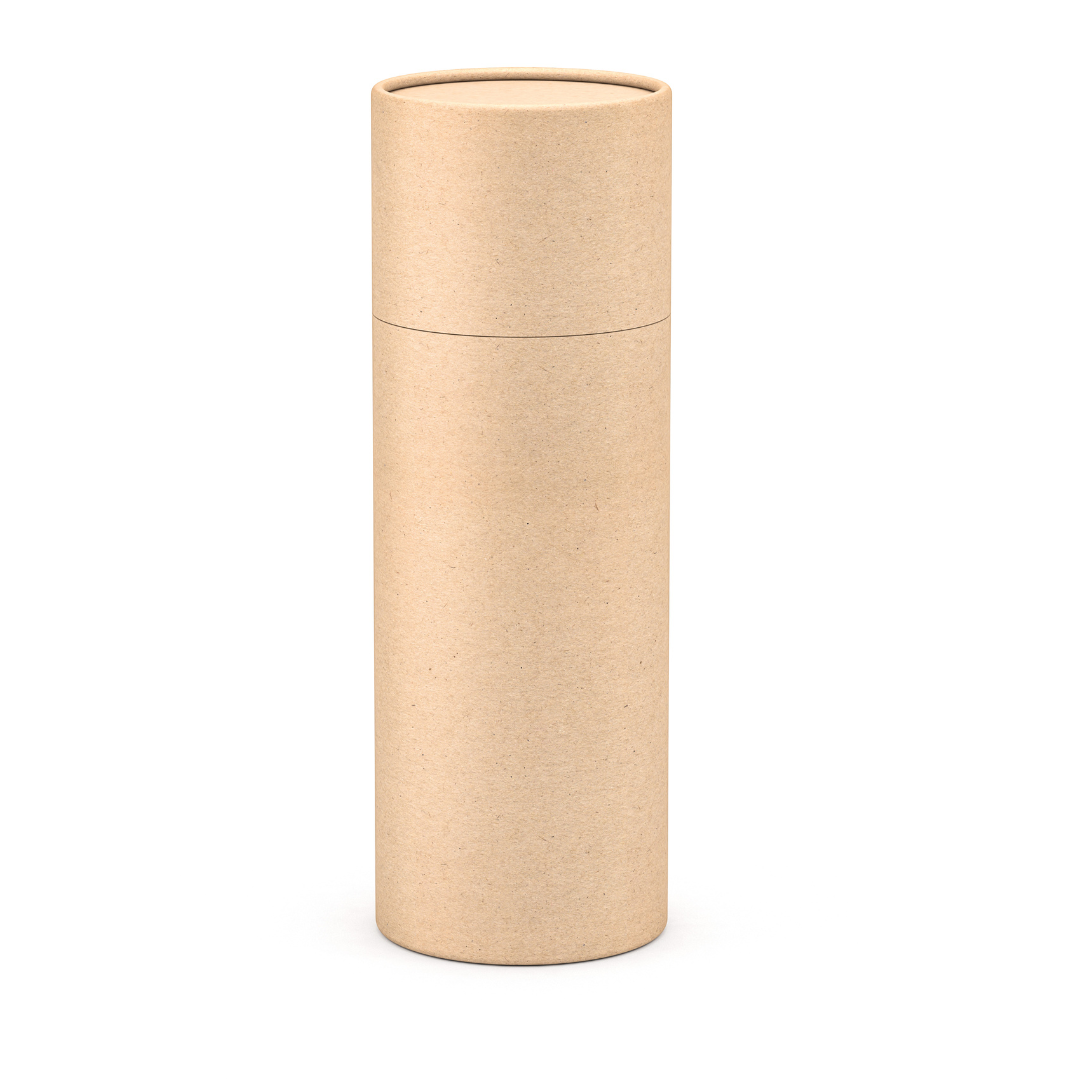
Recycled Paper Tubes
- Made from 100% recycled paperboard, with FSC-certified content
- Fully paper construction—no plastic caps or metal reinforcements
- Friction-fit or rolled-edge lids eliminate the need for magnets or adhesives
- Available in custom heights and diameters to fit items precisely and reduce excess material
- Uncoated, matte, or kraft exteriors maintain recyclability and align with natural brand aesthetics
- Optional paper inserts or wraps for securing delicate pieces inside
End-of-Life & Consumer Education
-

Promote Reuse
Encourage customers to repurpose packaging—fabric pouches can double as travel cases for jewelry, and rigid boxes make ideal long-term storage for keepsakes or gifts.
-

Educate with QR Codes or Care Tags
Add QR codes, inserts, or care tags that direct users to disposal instructions, recycling guidelines, or reuse ideas to reduce waste and build trust through transparency.
-

Offer Take-Back or Reuse Incentives
Implement a return or reuse program where customers can send back packaging for recycling or receive perks for reusing items—closing the loop and building brand loyalty.
A Brief History of Jewelry Packaging
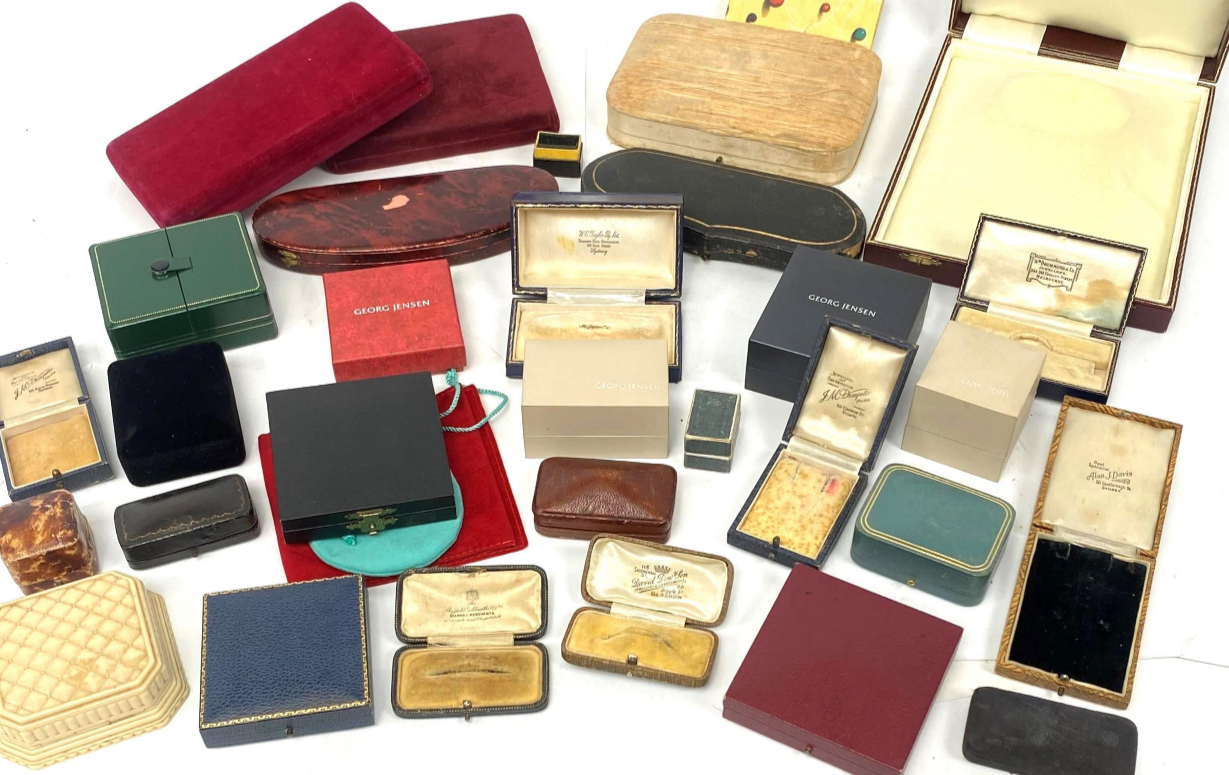
Before plastic became the industry norm, jewelry packaging was rooted in durability, craft, and reuse.
- In the 19th and early 20th centuries, jewelers commonly used hinged boxes made of wood, tin, or cardboard, often wrapped in leather or fabric. These boxes were meant to be kept, reused, or even displayed—emphasizing permanence over disposability.
- Silk, velvet, and cotton pouches were standard for storing loose items or delivering pieces to clients.
- Packaging often doubled as presentation: ornate, logo-stamped boxes were a mark of prestige and brand identity.
- Even shipping methods reflected longevity—paper wrappings, straw, and wax seals were used to protect items in transit.
It wasn’t until the mid-20th century, with the rise of mass production and global supply chains, that plastic-based packaging—especially polybags and foam inserts—became dominant for cost, convenience, and uniformity. While effective, this shift also introduced challenges in recyclability and waste.
Now, as the industry returns to its roots in craftsmanship and intentionality, a new standard is emerging—one that blends the elegance and durability of the past with the efficiency and convenience of modern materials. The future of jewelry packaging lies in this balance: sustainable, functional, and beautifully designed to last.
Next steps
-
Choosing sustainable jewelry packaging doesn’t mean giving up a premium unboxing experience. In fact, thoughtful, eco-conscious design can enhance your brand identity and leave a lasting impression.
If you're looking to make your packaging more sustainable, here are the key things to consider:
- Reusability – Packaging that serves a second life as storage or travel gear.
- Recyclability – Clear, mono-material solutions that consumers can actually recycle.
- Mono-material construction – Simplifies end-of-life and avoids contamination.
- Waste reduction – Through right-sizing, minimalist designs, and fewer layers.
Every step toward sustainability counts. And as more brands make the shift, supply chain innovation will follow—driving down costs, improving materials, and expanding creative options. The more we demand better packaging, the faster it becomes the standard.
- Reusability – Packaging that serves a second life as storage or travel gear.


